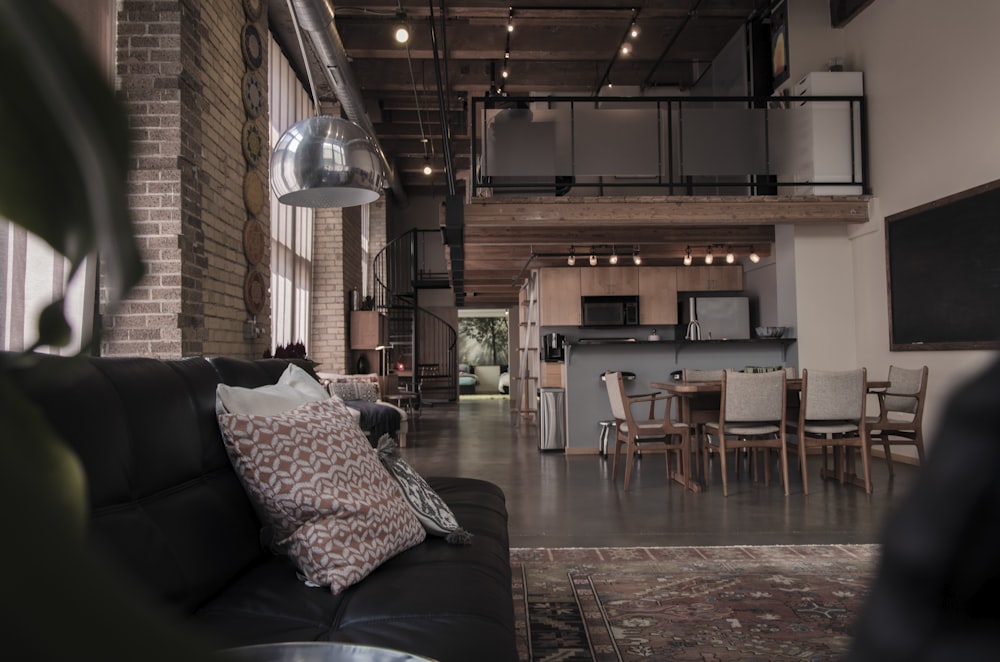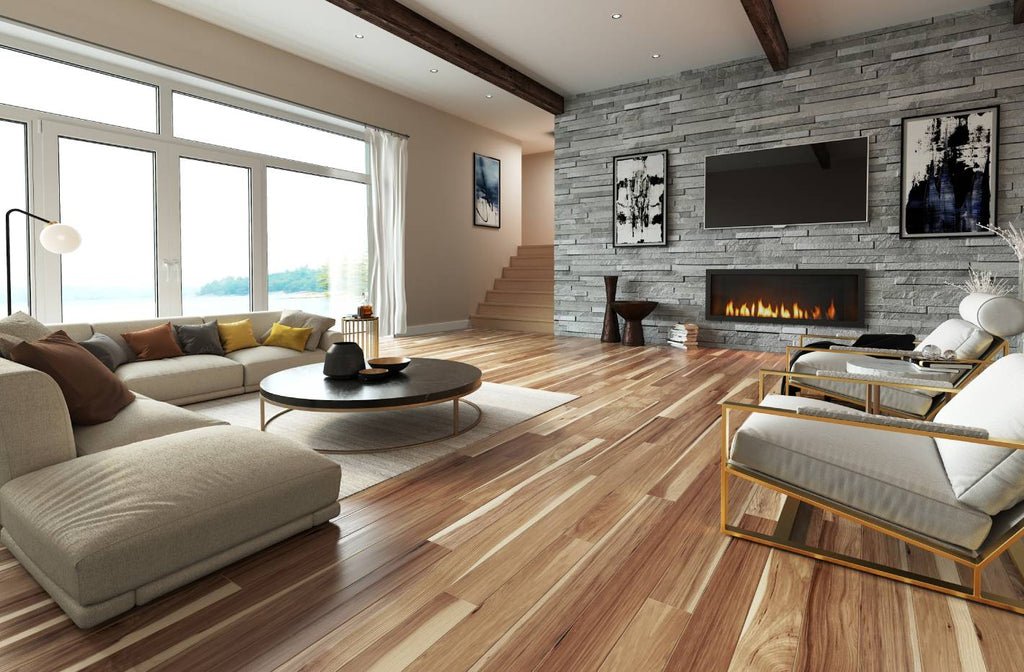Revolutionizing Construction: The Expertise of 3D-Printed Home Contractors
The construction industry is witnessing a groundbreaking shift with the emergence of 3D-printed home contractors. These professionals are at the forefront of a technological revolution that is reshaping the way we think about building homes. Let’s delve into the innovative world of 3D-printed home construction experts and their impact on the future of housing.
The Rise of 3D Printing in Home Construction
3D printing technology has rapidly evolved from creating small-scale prototypes to revolutionizing the construction sector. 3D-printed home contractors leverage cutting-edge technology that enables them to build entire houses layer by layer. This method not only saves time but also minimizes waste and offers a level of precision that is challenging to achieve with traditional construction methods.
Castle Manager: Connecting You with 3D-Printed Home Experts
For individuals looking to explore the possibilities of 3D-printed home construction, Castle Manager serves as a valuable resource. Through the platform, users can connect with contractors and professionals specializing in 3D-printed home construction. Experience the future of home building with Castle Manager at 3D-printed home contractors.
Efficiency and Cost-Effectiveness
One of the key advantages of 3D-printed home construction is its efficiency and cost-effectiveness. The automated nature of 3D printing significantly reduces the construction timeline. This efficiency not only saves labor costs but also minimizes the overall expenses associated with traditional construction, making 3D-printed homes an economically viable option.
Design Flexibility and Architectural Innovation
3D printing allows for unparalleled design flexibility and architectural innovation. 3D-printed home contractors can create intricate and customized designs that may be challenging or impossible with conventional construction methods. This opens up a new realm of possibilities for homeowners who seek unique and personalized architectural features in their homes.
Sustainability at the Core
Sustainability is a cornerstone of 3D-printed home construction. The technology minimizes construction waste by using only the necessary materials, and some 3D printing materials are eco-friendly. Additionally, the efficiency of the construction process itself contributes to a smaller carbon footprint compared to traditional building methods.
Challenges and Advancements in 3D-Printed Construction
While 3D-printed home construction holds immense promise, it is not without challenges. Contractors in this field continuously work on addressing issues such as scalability, regulatory approvals, and expanding the range of materials used in the printing process. Nevertheless, ongoing advancements in technology and collaborative efforts within the industry are steadily overcoming these challenges.
Customization for Homeowners’ Preferences
The ability to customize every aspect of a home is a major draw for homeowners considering 3D-printed construction. From the layout of rooms to the design of facades, 3D-printed home contractors collaborate closely with homeowners to bring their vision to life. This level of customization ensures that each 3D-printed home is a unique reflection of its owner’s preferences.
Global Implications for Affordable Housing
One of the most exciting aspects of 3D-printed home construction is its potential to address global housing challenges. The efficiency and cost-effectiveness of 3D printing make it a promising solution for providing affordable housing, especially in regions facing housing shortages or struggling with the aftermath of natural disasters.
Integration of Smart Home Technologies
3D-printed home contractors often integrate smart home technologies seamlessly into the construction process. From wiring homes for automation to incorporating energy-efficient systems, these contractors leverage the latest technologies to create homes that are not only structurally advanced but also equipped with the latest in smart home innovations.
Educating and Collaborating for a 3D-Printed Future
The adoption of 3D-printed home construction requires education and collaboration among contractors, architects, regulators, and homeowners. Industry leaders are actively involved in sharing knowledge, developing best practices, and collaborating on research to ensure the widespread acceptance and success of 3D-printed homes in the future.
Conclusion: Building the Future, Layer by Layer
As 3D-printed home contractors continue to push the boundaries of construction technology, the future of home building looks promising. From efficiency and cost-effectiveness to design innovation and sustainability, 3D-printed homes are transforming the way we envision and construct our living spaces. With Castle Manager as a guide, individuals can embark on the journey of exploring and embracing the possibilities offered by 3D-printed home construction.












